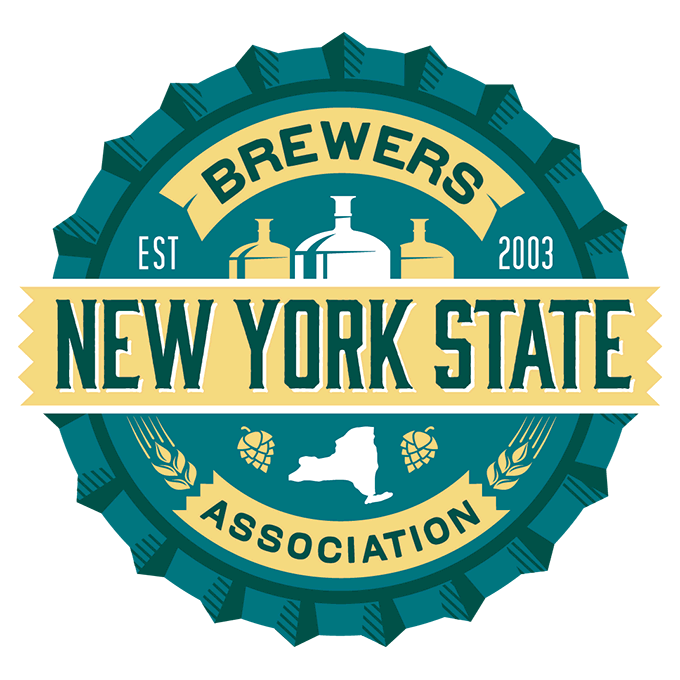
Food waste has become a hot-button issue, and restaurants, grocery chains, food processing companies, municipalities and the federal government are adopting strategies for reducing it. In 2015, the U.S. Department of Agriculture and the Environmental Protection Agency (“USEPA”) called for a 50 percent reduction of the country’s food waste by the year 2030. According to the USEPA, more than “34 million tons of food waste is generated in the United States each year.” (The Estimated Amount, Value and Calories of Postharvest Food Losses at the Retail and Consumer Levels in the United States – United States Department of Agriculture: February 2014) Less than three percent of the 34 million tons of food waste generated in 2010 was recovered and recycled. The rest—33 million tons—was disposed, primarily in landfills. Food waste represents the single largest component of municipal solid waste (“MSW”) reaching landfills and incinerators. There are other food waste legislative actions being brought forth, such as the Food Recovery Act that Congresswoman Chellie Pingree recently introduced (See https://pingree.house.gov/foodwaste ).
Craft Brewers have been working on creative and innovative ways to reduce food waste. Several brewers have been able to demonstrate business-friendly solutions to food waste. For example, recently, Hackney Brewery (located in the United Kingdom) started production of a new ale, called “Toast.” “Toast” is made of surplus bread that would otherwise be thrown away by bakeries, delicatessens and supermarkets. Reportedly, Hackney Brewery replaced about one-third of the malt barley with leftover bread that has been toasted to add a caramel note/flavor to the ale. Interestingly, there is a bakery in Chicago (the Hewn bakery) that uses both “spent” grain and beer as key ingredients in its bread.
Closer to home, Chef Mario Batali and Dogfish Head Brewer Sam Calagione collaborated on a beer made by recycling “past-its-prime” produce, such as “overripe” tomatoes, bruised citrus and stale bread. This up-cycled brew was inspired by wastED, which is a community action group designed to “reconceive ‘waste’ that occurs at every link in the food chain.”
The takeaway here is that with innovation/creativity, opportunities are out there for breweries (and bakeries!) to incorporate traditional waste products into unique new products.
